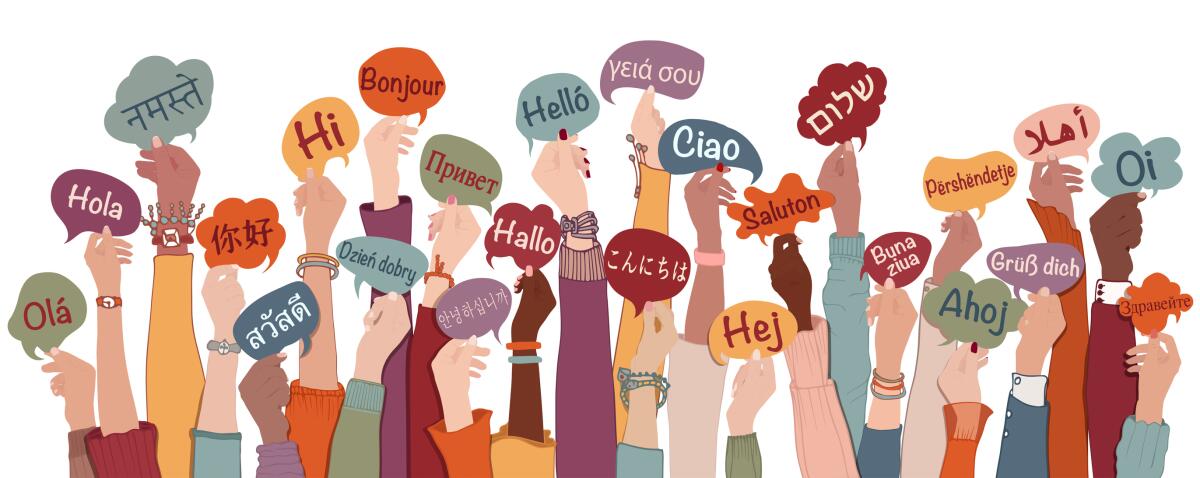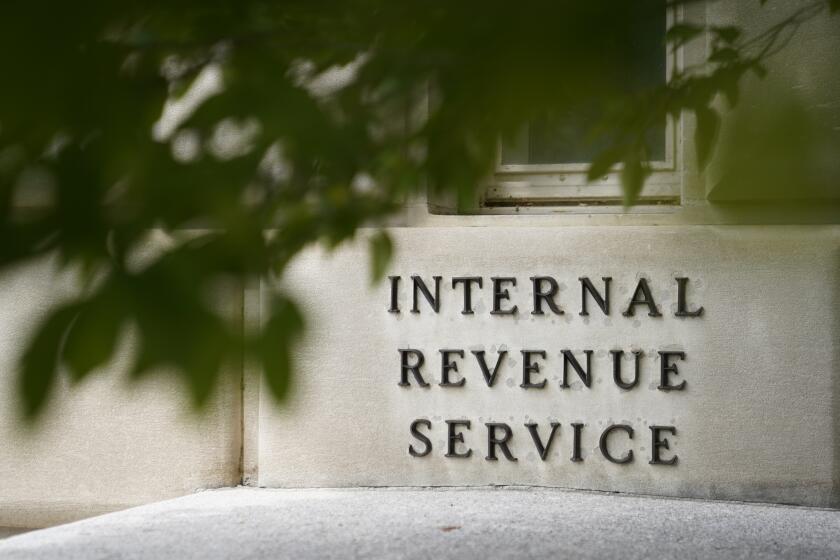Opinion: California wants most students to be bilingual by 2040. Here’s why.

Bilingualism has proven to enhance memory, concentration, problem-solving, critical-thinking and multitasking skills — and it improves long-term academic achievement.
Kelley is the CEO of King-Chavez Neighborhood of Schools in San Diego and lives in San Diego.
As a lifelong educator, I’ve witnessed firsthand the incredible benefits learning other languages and cultures has on our children.
Not only does bilingualism bridge the gap between many students’ home lives and school lives, it also has proven to enhance memory, concentration, problem-solving, critical-thinking and multitasking skills — and it improves long-term academic achievement. It also leads to a deeper appreciation of different cultures and heritages, better preparing young adults to succeed in our global economy.
We provide this platform for community commentary free of charge. Thank you to all the Union-Tribune subscribers whose support makes our journalism possible. If you are not a subscriber, please consider becoming one today.
It’s no wonder the California Department of Education has implemented the Global California 2030 Initiative, which aims to have half of the state’s K-12 students enrolled in programs leading to proficiency in two or more languages by the new decade. State leaders also want three out of every four students to be proficient in two or more languages by 2040, earning them a California seal of biliteracy.
Recognizing the remarkable advantages young people can gain from an education that includes learning multiple languages, I strongly believe that schools across San Diego County should lead the charge in being among the first to provide comprehensive dual-language programs to all K-12 students — and offer it as soon as the 2023-24 school year in every district.
At King-Chavez Neighborhood of Schools, we launched a dual-language program in 2019 for students in transitional kindergarten, kindergarten, and first grade, and it will continue through their academic journeys. Students in the program are taught half of each day in Spanish and half in English to promote proficiency in listening, speaking, reading and writing in both languages. Our goal with this program is to have all King-Chavez students earn their biliteracy diploma by the end of high school.
When we launched our dual-language program, it received an overwhelmingly positive response from our students and their families. It continues to be a great success with nearly 1,400 King-Chavez students currently in the program — and that number is steadily growing.
We all have an exciting opportunity before us, one where we can equip future generations of learners with a lifelong skill set that leads to new opportunities that may not be available to monolingual speakers, as well as elevated cognitive, emotional and social skills that come with knowing multiple languages. Bilingualism also increases job competitiveness and is a key asset to advancement in many different fields from science, technology, engineering and mathematics to finance, journalism, government and education.
Another significant benefit of introducing dual-language programs into the education system is that it shapes a more ethnically and socioeconomically balanced school community, breaking down barriers of race and class. It also builds a greater comfort and interest around diversity and different cultures, as well as a sense of belonging for many students for whom English is their second language.
It is estimated that nearly 3.8 million students across the U.S. are native Spanish-speakers who are not proficient in English and too often struggle academically — while their native English-speaking counterparts thrive in our unilingual education system.
This creates a significant disadvantage for those students and limits their future professional opportunities.
Research shows a way to help us bridge this gap and improve the English skills of these learners: high-quality, long-term dual-language programs where native Spanish-speaking students feel comfortable and accepted — and ultimately succeed in a classroom setting where their culture and language is taught and celebrated.
Our world is becoming ever more interconnected, and being able to speak more than one language will soon become not only an asset but essential to many people’s success. What’s more, it truly shapes new perspectives of the world and creates future leaders who are not only skilled in speaking another language but have the social and cultural contexts in which people speak and interact, building greater understanding, more empathy and stronger interpersonal relationships.
With its Downtown situated only 15 miles from the U.S.-Mexico border, San Diego is already rich in cultural diversity with nearly 40 percent of households speaking a non-English language as their primary language at home and 22 percent of the population being native or fluent Spanish speakers.
San Diego is the ideal community to jump-start this effort, and the volumes of research make it crystal clear that the benefits for our students are immense. That’s why our schools can — and should — lead this critical initiative and set the bar high for all of California.
Get Weekend Opinion on Sundays and Reader Opinion on Mondays
Editorials, commentary and more delivered Sunday morning, and Reader Reaction on Mondays.
You may occasionally receive promotional content from the San Diego Union-Tribune.





